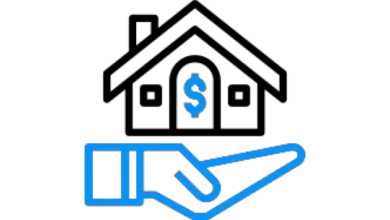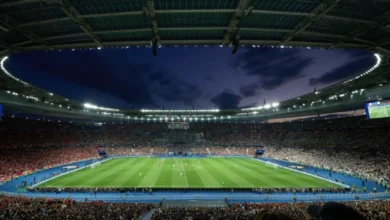Explore the Indian Education System: A Comprehensive Guide

As a global leader in information technology, business outsourcing, and other industries, India has attracted increasing attention from international students and professionals seeking to learn from its culture and education system. If you are considering studying or working in India, or simply curious about its education system, this guide is for you. We will cover the main aspects of the Indian education system, from primary to higher education, including its history, structure, curricula, and challenges.
Historical Overview: From Ancient Gurukuls to Modern Universities
India has a rich tradition of education dating back to the Vedic era, when young scholars were trained in gurukuls, residential schools where they lived with their teachers and learned various subjects through oral recitation and memorization. Later, under British colonial rule, the education system was transformed into a more formal, centralized, and secular model, with an emphasis on English language, science, and vocational training. After independence in 1947, India adopted a socialist and democratic approach to education, aimed at providing equal access and opportunities to all citizens regardless of their social status, religion, or gender. Today, India has one of the largest education systems in the world, with over a billion people enrolled in various stages of education.
Structure and Levels of Education: From Anganwadis to IITs
The Indian education system is organized into different levels and types, ranging from early childhood care and education (ECCE) to higher education and research. The main levels of education are:
- Anganwadis: These are government-run centers that provide basic care, nutrition, and pre-school education for children aged 0-6 years in rural and urban areas. They are meant to promote child development and prepare them for formal schooling.
- Primary Education: This is the first stage of formal education, usually starting at age 6 and lasting for 5 years. It includes basic literacy, numeracy, and social skills, and is compulsory and free for all children.
- Secondary Education: This is the second stage of formal education, usually starting at age 11 and lasting for 6 years. It includes more advanced subjects, such as science, mathematics, social studies, and languages, and prepares students for higher education or vocational training.
- Higher Education: This is the tertiary stage of education, comprising different types of institutions, such as universities, colleges, polytechnics, and vocational institutes. It offers various degree and diploma programs in different fields, such as engineering, medicine, law, humanities, arts, and sciences.
- Research and Innovation: This is the post-graduate and doctoral stage of education, focused on advanced research, innovation, and entrepreneurship. It includes prestigious institutions such as the Indian Institutes of Technology (IITs), Indian Institutes of Management (IIMs), Indian Institutes of Science Education and Research (IISERs), and National Institutes of Technology (NITs), among others.
Curricula and Assessment: From Traditional to Modern Methods
The Indian education system has a diverse range of curricula and assessment methods, influenced by different factors such as cultural, linguistic, regional, and political contexts. Some of the major curricula and assessment systems used in India are:
- Central Board of Secondary Education (CBSE): This is the largest national board of education, which conducts standardized exams for secondary and senior secondary students, and provides a common syllabus for most schools.
- Indian Certificate of Secondary Education (ICSE): This is an alternative national board of education, which emphasizes a broader and more integrated curriculum, including subjects such as environmental studies, art, and music, and assesses students through both internal and external exams.
- State Boards of Education: These are regional boards of education, which have



